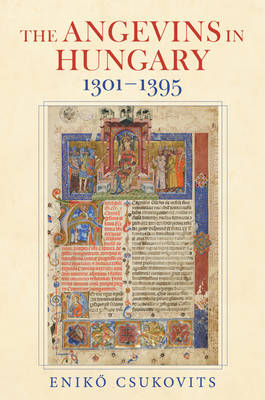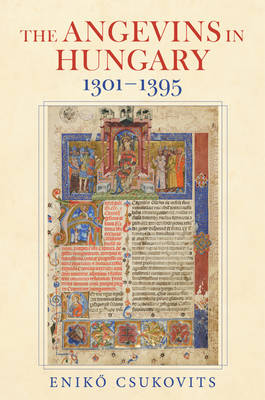
- Afhalen na 1 uur in een winkel met voorraad
- Gratis thuislevering in België vanaf € 30
- Ruim aanbod met 7 miljoen producten
- Afhalen na 1 uur in een winkel met voorraad
- Gratis thuislevering in België vanaf € 30
- Ruim aanbod met 7 miljoen producten
Omschrijving
From the thirteenth to the fifteenth century, the House of Anjou was one of Europe's most significant ruling dynasties, with dominions extending across the continent from the French province that gave them their name to the kingdoms of Hungary and Poland. The House of Anjou was the tie that bound these countries with their varying levels of development, their divergent institutions, and their far-flung geography.
The Angevins in Hungary 1301-1395 traces the lives and reigns of three generations of this dynasty: the founder of the dynasty, Charles I, his son Louis I--who also won the Polish throne and occupied that of Naples--and Louis' daughters, Mary, Queen of Hungary and Hedwig, Queen of Poland. Author Enikő Csukovits does more than just present the Angevin dynasty's activities in Hungary, however, depicting the Angevin's reign over Hungary within several important contexts: the family's control of Naples and the entire Kingdom of Sicily, as well as several other Italian city-states and communes; the changing relationships between the Italian and Hungarian branches of the dynasty; the Hungarian Angevins' sovereignty over Poland; and the role Angevin Hungary played as a regional power in the 14th century.
Examining the Anjou countries together with the Kingdom of Hungary in the center, The Angevins in Hungary 1301-1395 provides a new understanding of how these territories were managed, the networks of connections that determined their fate, the character of the relationships between these countries and provinces, and the similarities and differences between these entities' institutions.
Specificaties
Betrokkenen
- Auteur(s):
- Vertaler(s):
- Uitgeverij:
Inhoud
- Aantal bladzijden:
- 424
- Taal:
- Engels
- Reeks:
Eigenschappen
- Productcode (EAN):
- 9780253075055
- Verschijningsdatum:
- 3/02/2026
- Uitvoering:
- Paperback
- Formaat:
- Trade paperback (VS)
- Afmetingen:
- 156 mm x 235 mm

Alleen bij Standaard Boekhandel
Beoordelingen
We publiceren alleen reviews die voldoen aan de voorwaarden voor reviews. Bekijk onze voorwaarden voor reviews.











